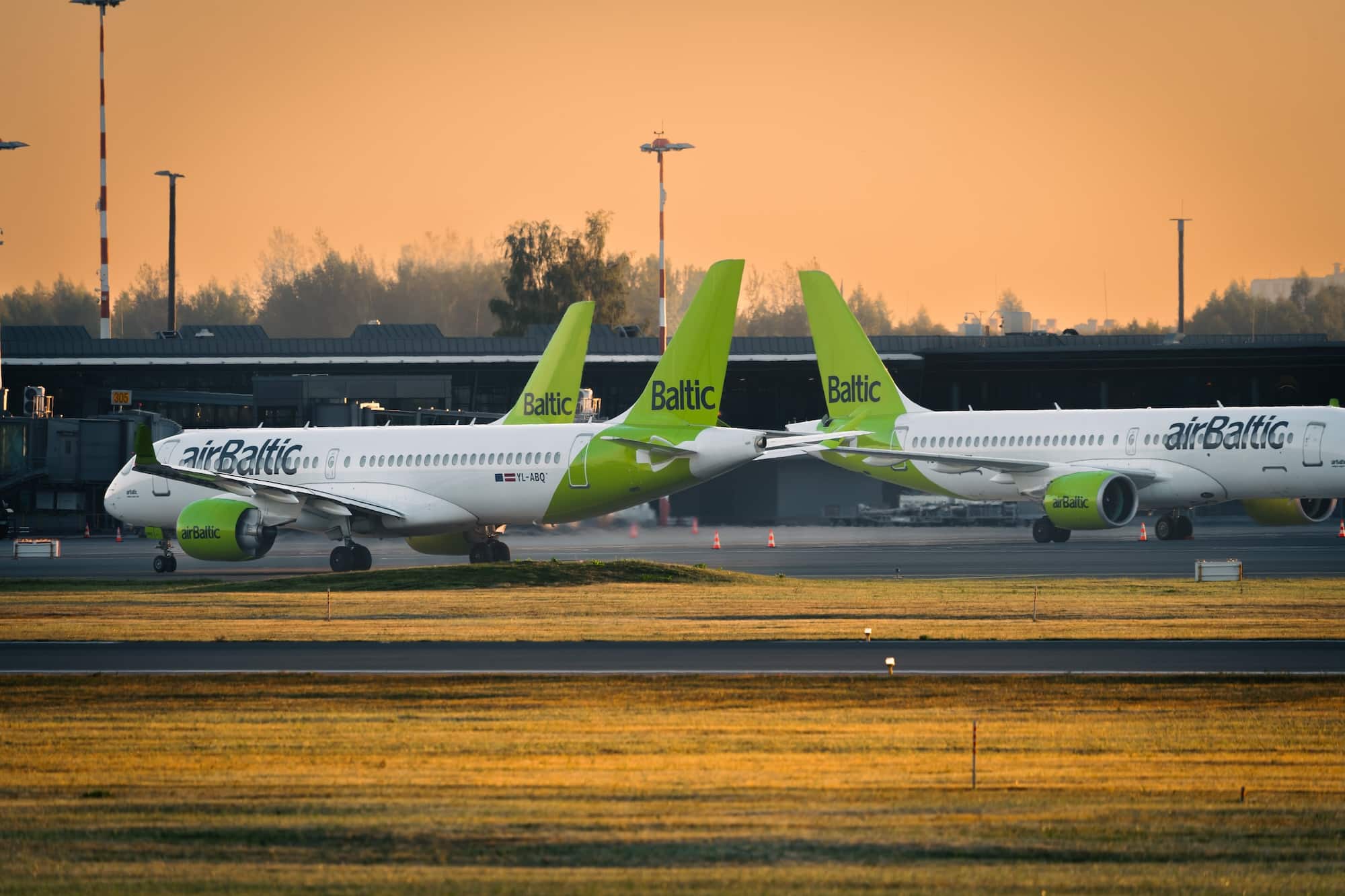On the night of Wednesday, July 17, airBaltic flight BT473 from Riga, Latvia, to Pristina, Kosovo, briefly entered Belarusian airspace due to adverse weather conditions. Augusts Zilberts, a representative of airBaltic, confirmed the incident to LETA, a Latvian news agency.
The Airbus A220-300 registered YL-CSK (Lithuanian flag livery) departed from Riga Airport at 23:50 on July 16. Initially planned to fly over Lithuania and then continue into Polish airspace, it entered Belarusian airspace at 00:34 on July 17 to avoid severe thunderstorm activity.
The aircraft remained in Belarusian airspace for approximately 20 minutes before re-entering EU airspace.

Zilberts explained that the flight diversion was necessary to avoid storm clouds that posed risks of hail, turbulence, and lightning. These conditions could cause significant damage to the aircraft and potential injuries to passengers.
Lithuanian air traffic controllers obtained permission from Belarusian authorities for the airBaltic flight to enter Belarusian airspace. The aircraft returned to EU airspace as soon as it was safe to do so, in line with International Civil Aviation Organisation (ICAO) emergency procedures.
Following the flight, the aircraft’s captain submitted a safety report according to standard procedure. This was logged in airBaltic’s reporting system, and the relevant supervisory authorities were notified of the manoeuvre.
Background Context
EU Ban on Belarusian Airspace: EU airlines have been banned from using Belarusian airspace since June 2021. This ban was imposed after a Ryanair flight from Athens to Vilnius was forced to land in Minsk by Belarusian authorities on May 23, 2021. Despite the ban, exceptions can be made for safety reasons, as demonstrated in this incident.
This event underscores the importance of flexibility and safety in aviation operations, highlighting how airlines must sometimes navigate complex geopolitical and meteorological landscapes to ensure passenger and aircraft safety.
Source: eng.lsm.lv



